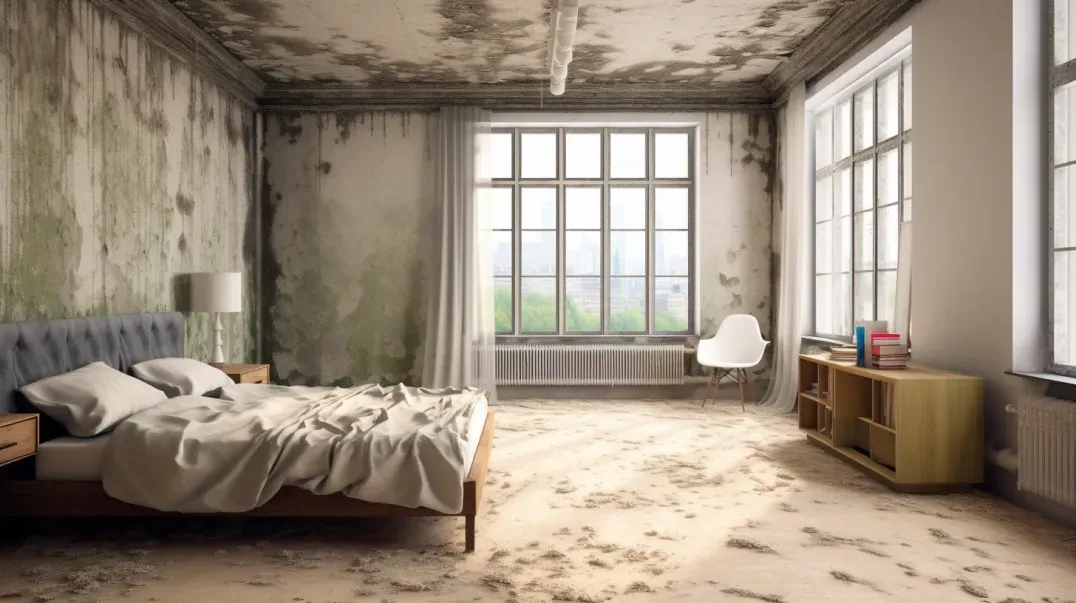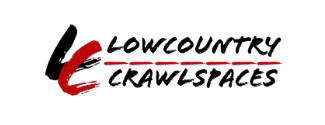How to Choose the Right Mold Remediation Service Provider
Choosing a qualified and reliable mold remediation service is crucial for ensuring effective and safe mold removal. Mold can pose significant health risks, including respiratory problems, allergies, and even more severe conditions for those with compromised immune systems. Additionally, improper mold removal can lead to its recurrence, causing further damage to property and health hazards. A professional mold remediation service brings expertise and the right tools to thoroughly eliminate mold, preventing its spread and recurrence. By selecting a dependable service, you safeguard your home and health, ensuring that mold is removed efficiently and safely. The peace of mind that comes with knowing the job is done right is invaluable, highlighting the importance of making an informed choice in mold remediation services.
Understanding Mold Remediation Services
What is Mold Remediation?
Mold remediation is a comprehensive process aimed at not just removing mold but addressing the root causes and preventing its recurrence. Unlike simple mold removal, which only deals with the visible mold, remediation involves a thorough approach to eradicate the mold and prevent it from returning. The key components of a comprehensive mold remediation process include:
- Assessment: A detailed inspection to identify the extent of mold growth and the sources of moisture that facilitate mold proliferation.
- Containment: Isolating the affected area to prevent mold spores from spreading to other parts of the building.
- Removal: Physically removing contaminated materials and cleaning surfaces to eliminate mold colonies.
- Cleaning: Using specialized cleaning agents to sanitize the area and remove any remaining mold spores.
- Prevention: Implementing measures to control moisture and humidity levels, ensuring that mold does not return.
Services Offered
Mold remediation companies offer a wide range of services to ensure thorough and effective mold removal. These typically include:
- Inspection and Assessment: Evaluating the severity of mold infestation and identifying the moisture sources.
- Containment and Ventilation: Setting up containment barriers and using negative air pressure to prevent the spread of mold spores.
- Mold Removal: Using various techniques to remove mold from surfaces and materials.
- Air Filtration: Employing HEPA filters to capture mold spores and improve air quality.
- Cleaning and Disinfection: Cleaning affected areas and items with antifungal and antimicrobial treatments.
- Restoration: Repairing and restoring damaged areas to their original condition.
Choosing a full-service provider that offers both remediation and restoration is crucial. These providers not only remove the mold but also address the underlying issues that caused the mold growth, ensuring a complete and lasting solution. This comprehensive approach minimizes the risk of future mold problems and helps maintain a healthy living environment.
Qualifications and Credentials
Licensing and Certification
Choosing a licensed mold remediation provider is essential for ensuring that the job is done correctly and safely. Licensing requirements vary by state and locality, but they generally ensure that the provider meets specific standards of professionalism and competency. Licensed providers have demonstrated their knowledge of industry regulations, safety protocols, and effective mold remediation techniques.
Key certifications to look for in a mold remediation provider include those from the Institute of Inspection, Cleaning and Restoration Certification (IICRC) and the Indoor Air Quality Association (IAQA). These certifications indicate that the provider has undergone rigorous training and adheres to industry best practices. Certified professionals are equipped with the latest knowledge and techniques to handle mold issues effectively, ensuring a thorough and safe remediation process.
Training and Experience
When selecting a mold remediation service, it's crucial to choose a provider with well-trained staff who have specific experience in dealing with mold. Experienced professionals are more likely to correctly diagnose the extent of the mold problem and implement effective remediation strategies. They are also better prepared to handle unexpected challenges that may arise during the process.
To ensure you are choosing a qualified provider, consider asking the following questions about the team’s background and experience:
- How long have you been in the mold remediation business?
- What specific training have your technicians undergone?
- Can you provide examples of similar mold issues you have successfully handled?
- Do you have any certifications from recognized industry organizations such as the IICRC or IAQA?
- How do you stay updated with the latest mold remediation techniques and safety protocols?
By thoroughly vetting potential mold remediation providers, you can ensure that your mold problem is addressed by knowledgeable and experienced professionals, leading to a safer and more effective remediation process .
Assessing Reputation and Reliability
Customer Reviews and Testimonials
Customer reviews and testimonials are invaluable tools for assessing the reputation of a mold remediation provider. They offer insights into the experiences of past clients and can highlight the strengths and weaknesses of a service provider. When evaluating reviews, consider the following:
- Volume and Consistency: A large number of reviews generally indicates a well-established provider. Consistent positive feedback is a good sign of reliability and quality service.
- Detailed Feedback: Genuine reviews often include specific details about the service provided, such as punctuality, professionalism, and effectiveness. Look for testimonials that mention these aspects.
- Red Flags: Be wary of reviews that are overly generic or excessively positive without specifics. Negative reviews mentioning recurring issues like poor communication or incomplete remediation are significant red flags.
Identifying genuine reviews involves looking for balanced opinions and recurring themes. Authentic reviews tend to have a mix of pros and cons and provide a realistic picture of what to expect.
References and Case Studies
Asking for references and reviewing case studies are crucial steps in verifying the reliability of a mold remediation provider. References from previous clients can provide firsthand accounts of their experiences and satisfaction with the services. When contacting references, consider asking:
- How satisfied were you with the mold remediation services provided?
- Did the provider communicate effectively throughout the process?
- Were there any issues during the remediation, and how were they resolved?
- Would you recommend this provider to others?
Case studies or examples of previous work can offer a detailed look at how the provider handles specific mold issues. When reviewing case studies, pay attention to:
- Initial Assessment: How thorough was the initial inspection and diagnosis of the mold problem?
- Remediation Process: Were the steps taken for containment, removal, and cleaning clearly outlined and followed?
- Outcome: Assess the success of the remediation efforts and the measures taken to prevent future mold growth. Look for evidence of long-term effectiveness and client satisfaction.
By thoroughly evaluating customer reviews, testimonials, references, and case studies, you can better gauge the reputation and reliability of a mold remediation provider, ensuring you choose a service that meets your needs and expectations.
Safety Standards and Protocols
Safety and Compliance
Adhering to safety standards and protocols during mold remediation is critical to ensure the health and safety of both the workers and the occupants of the building. Mold remediation involves handling potentially hazardous materials, and following established guidelines helps prevent the spread of mold spores and minimizes health risks. Here is a checklist of safety measures and compliance with federal or state health and safety regulations:
- Protective Gear: Ensure that all workers wear appropriate personal protective equipment (PPE) such as gloves, masks, goggles, and protective clothing.
- Containment: Set up containment barriers to isolate the affected area and prevent mold spores from spreading to other parts of the building.
- Ventilation: Use negative air pressure machines and HEPA filters to clean the air and reduce the concentration of mold spores.
- Proper Disposal: Dispose of contaminated materials in accordance with local regulations to prevent further contamination.
- Documentation: Keep detailed records of the remediation process, including assessments, actions taken, and safety measures implemented.
- Compliance: Follow guidelines from organizations like the Environmental Protection Agency (EPA) and Occupational Safety and Health Administration (OSHA) to ensure compliance with all relevant health and safety regulations.
Insurance and Liability
Having adequate insurance coverage is crucial for mold remediation service providers. This includes both liability insurance and worker’s compensation. Adequate insurance coverage protects homeowners against potential damages or claims that might arise during the remediation process. Here’s how to verify that the service provider is fully insured:
- Liability Insurance: Ensure the provider has general liability insurance that covers any damages to your property that may occur during the remediation process.
- Worker’s Compensation: Verify that the provider carries worker’s compensation insurance to cover any injuries that workers might sustain while on the job.
- Insurance Certificates: Ask for and verify the provider’s insurance certificates. Contact the insurance company directly if necessary to confirm the validity and extent of coverage.
- Contract Review: Carefully review the contract to ensure that it includes clauses that protect you against potential liabilities and clearly outlines the scope of work and coverage.
By ensuring that your mold remediation provider adheres to strict safety standards and carries adequate insurance, you can mitigate risks and ensure a safer, more reliable remediation process .
Communication and Customer Service
Initial Consultation
The initial consultation is a critical step in the mold remediation process, as it sets the stage for a successful outcome. During this consultation, the provider should conduct a thorough discussion to understand the specific mold problems you are facing and outline potential remediation strategies. This stage is crucial for several reasons:
- Detailed Assessment: A comprehensive initial assessment allows the provider to identify the extent of the mold issue and any underlying causes, such as water damage or high humidity levels.
- Customized Plan: Based on the initial findings, the provider can develop a tailored remediation plan that addresses your specific needs and ensures effective mold removal.
- Clear Communication: This is an opportunity to gauge the provider’s responsiveness and willingness to answer questions. A reliable provider will be patient, attentive, and informative, ensuring you understand the proposed process and feel confident in their ability to handle the job.
During initial interactions, pay attention to how promptly and clearly the provider communicates. This responsiveness is a good indicator of their overall commitment to customer service and reliability.
Ongoing Communication
Effective communication throughout the mold remediation process is essential for ensuring that the project runs smoothly and meets your expectations. Here’s what you can expect and why it matters:
- Regular Updates: The provider should keep you informed at every stage of the process, from the initial assessment to the final cleanup. Regular updates help you stay aware of progress, any emerging issues, and how they are being addressed.
- Transparency: Open communication about the steps being taken, the timeline, and any changes to the plan ensures that you are never left in the dark. This transparency builds trust and helps prevent misunderstandings.
- Feedback Loop: Effective communication allows for a feedback loop where you can voice any concerns or questions as they arise. This ensures that the remediation process can be adjusted if needed to better meet your needs.
Good communication can significantly impact your overall satisfaction with the remediation process. It not only ensures that the work is done efficiently but also gives you peace of mind knowing that your concerns are being heard and addressed promptly.
FAQs
Contact Lowcountry Crawlspaces Today!
Lowcountry Crawlspaces will do everything we can to ensure your experience with us is excellent.
Request A FREE Estimate
CHECKOUT RECENT POST
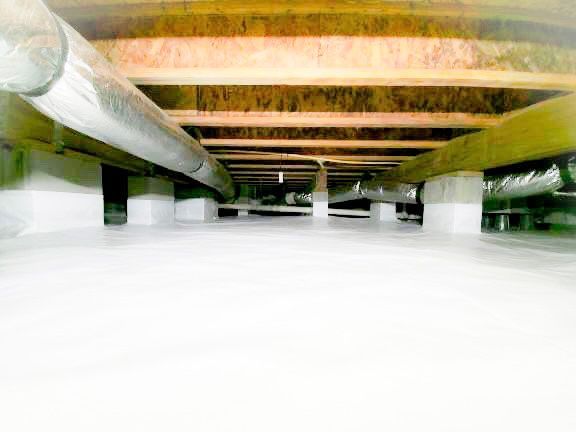
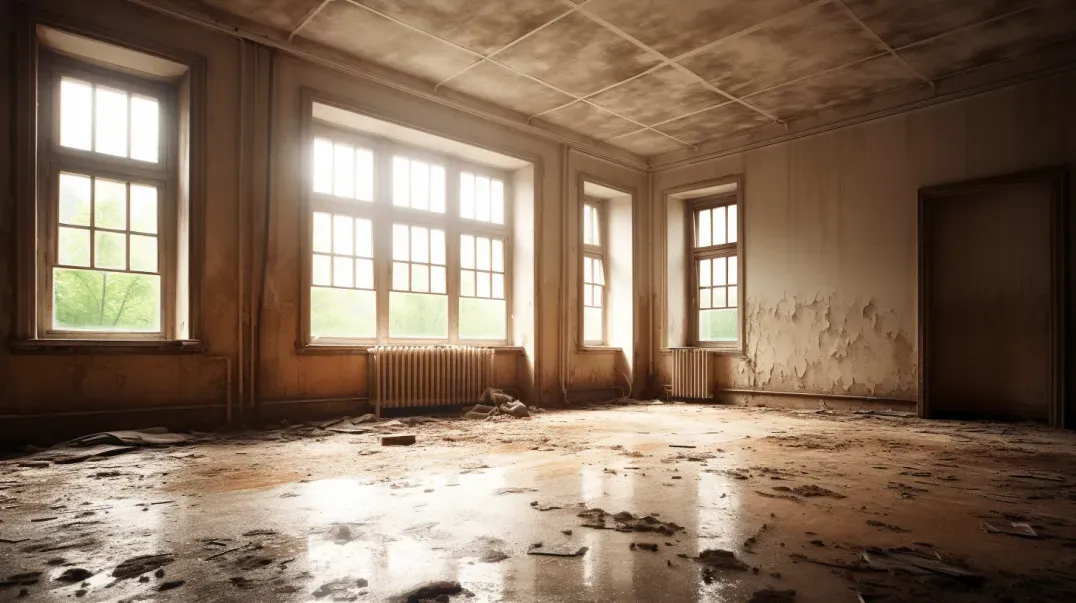
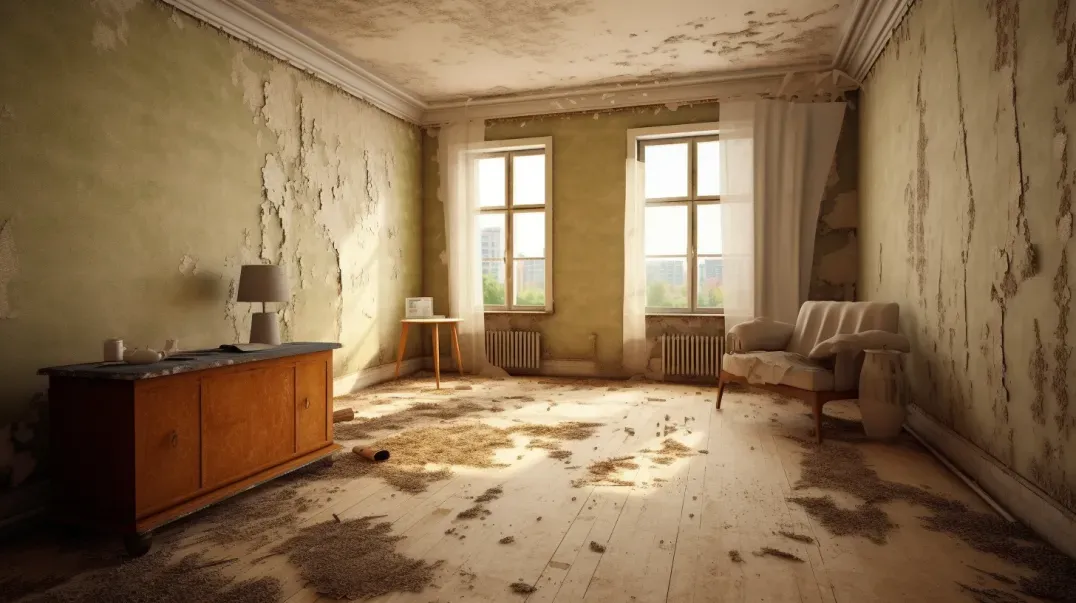
Schedule Your FREE Crawl Space Evaluation Today
There Is No Crawl Space Job We Can’t Fix!



